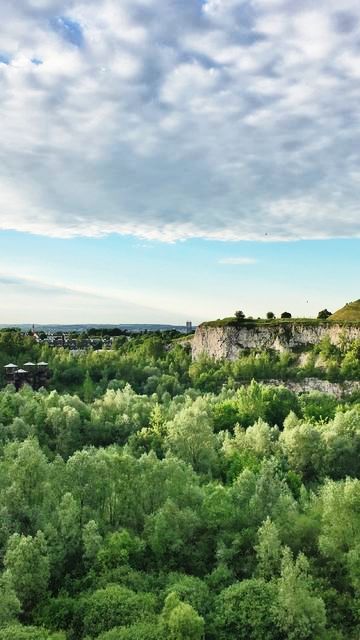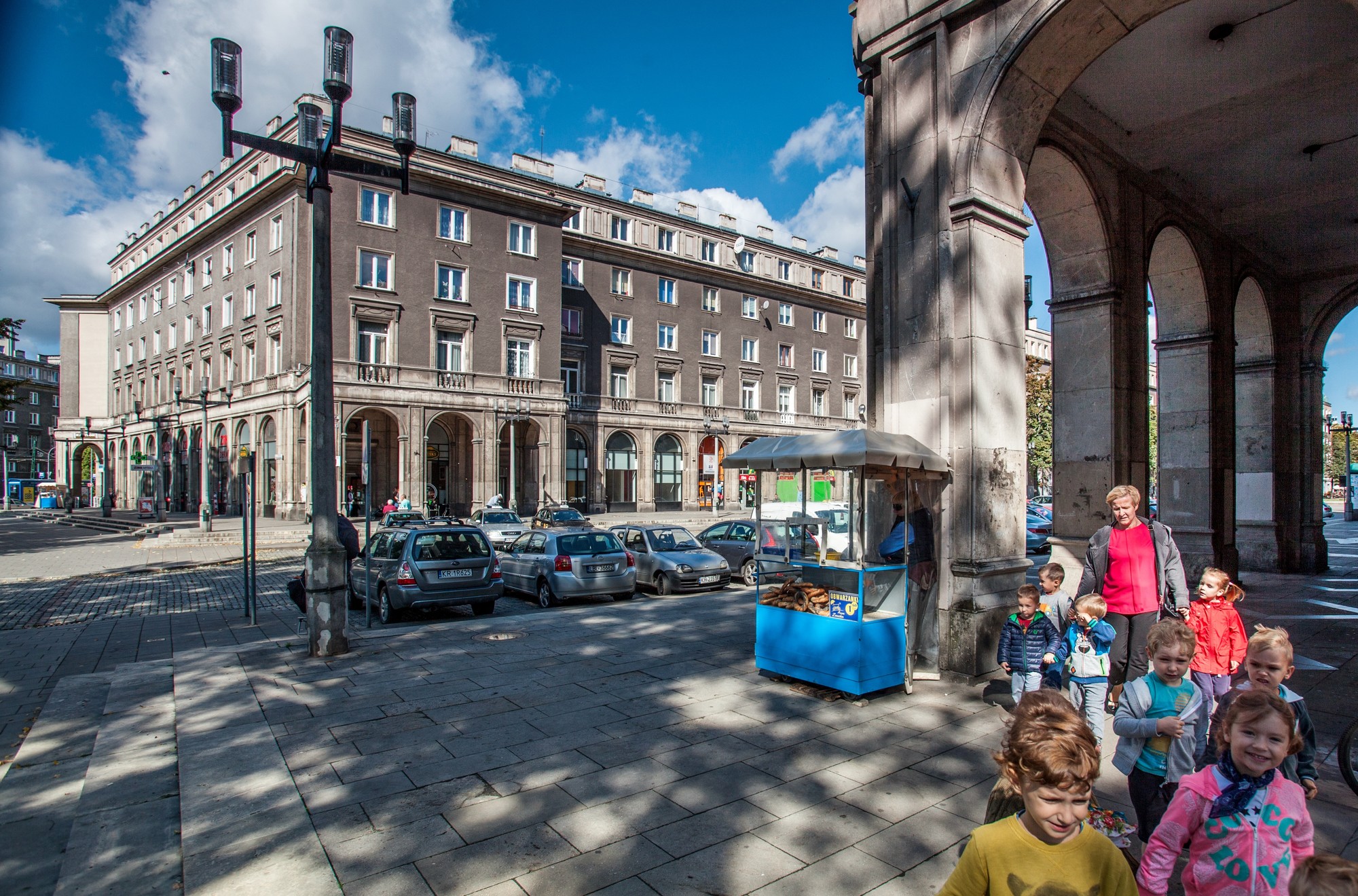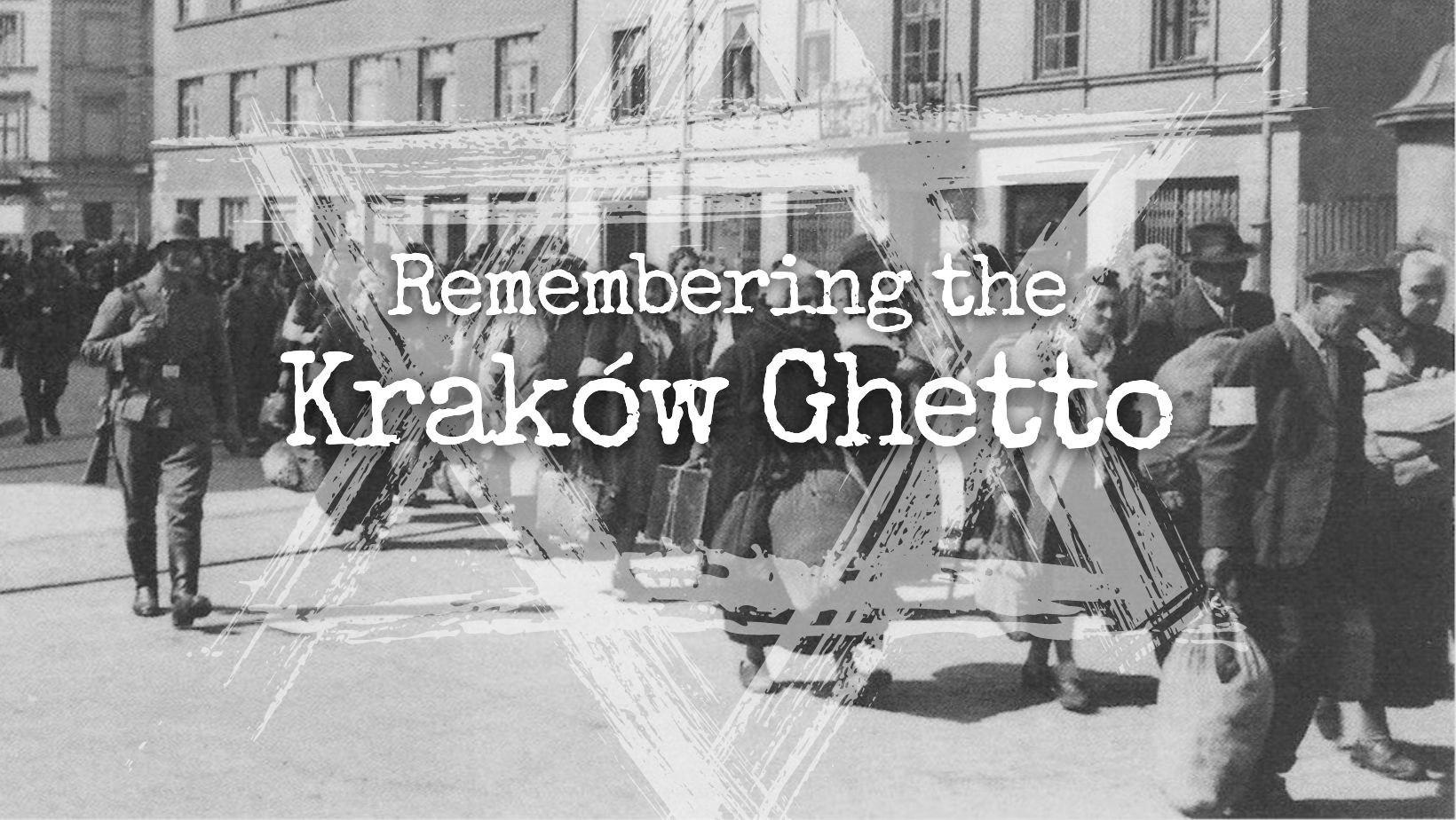Liban Quarry History
The limestone company 'Liban and Ehrenpreis,' run by two well-known Jewish industrial families from Podgórze, established a quarry here in 1873. By the end of the 19th century a complex of buildings was established within the quarry and a railway line laid as the families enjoyed an excellent reputation locally and abroad. However, during Nazi occupation, Liban was set-up as a cruel penal camp where over 2000 young Polish and Ukrainian men and women were kept prisoner from 1942 to 1944 performing forced labour. During the liquidation of the camp, 146 of 167 prisoners somehow managed to escape. The rest were executed and a memorial can be found at their mass grave site along the eastern edge of the quarry near ul. Za Torem (though our advice is to avoid that part of the complex or you may be asked to leave). After the war, the quarry resumed operation, closing in 1986.In 1993 Steven Spielberg used Liban as the set of all the scenes from Schindler's List that take place in the Płaszów concentration camp. Not wanting to use the nearby site of the camp itself out of respect, it must have taken little imagination on his part to settle upon Liban. During filming 34 barracks and watchtowers were set-up around the quarry, and though most of the set was subsequently removed, some traces remain confusingly mixed with the genuine historical leftovers from the war, making it unclear just how uncomfortable you should feel as you walk amongst the rusty machinery and many gallows-like fence posts - some still strung with barbed wire. Certainly, the most disturbing sight is the central pathway paved with Jewish headstones, which we can put you at ease by assuring you is not genuine.
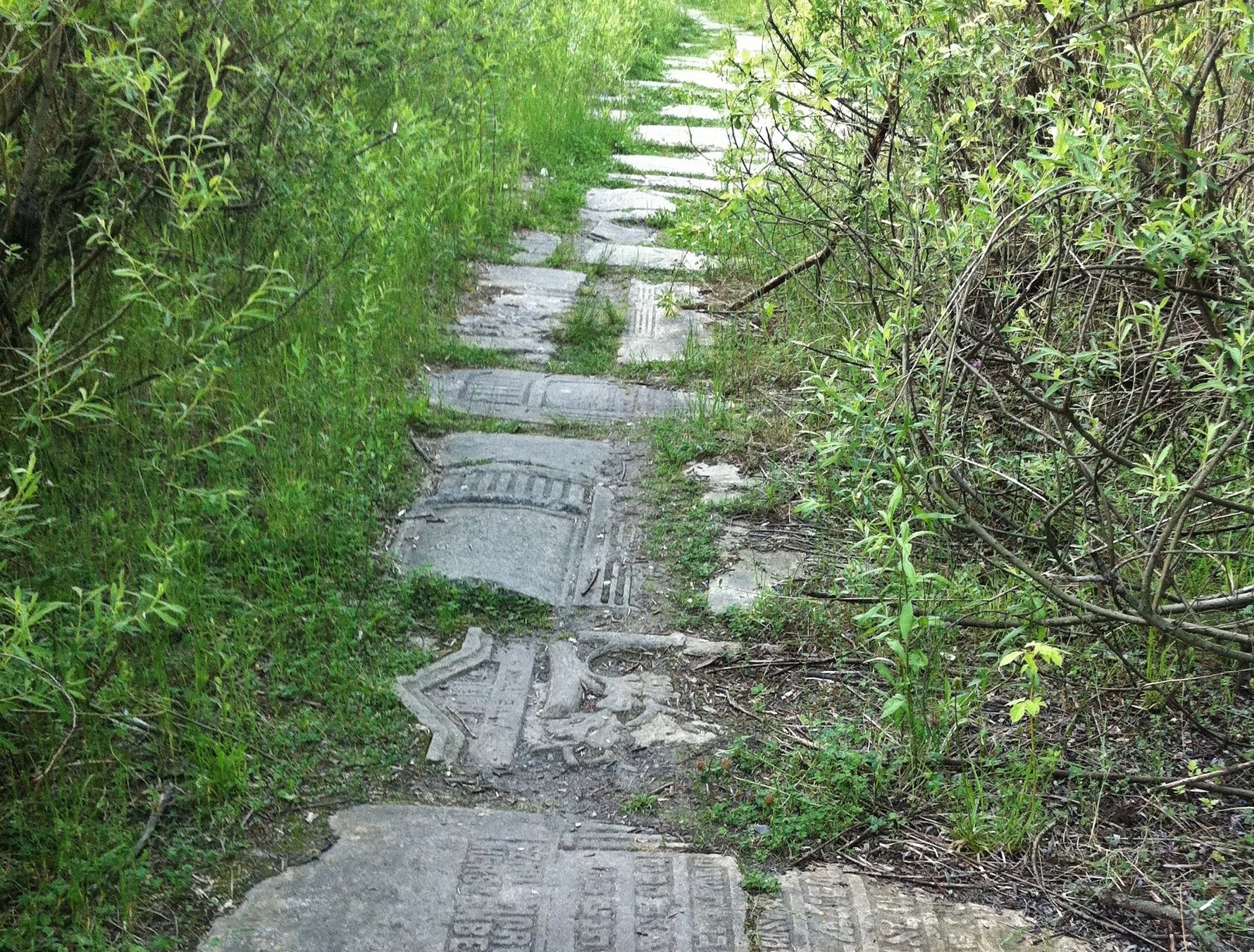
Visiting Liban Quarry
An incredibly evocative, yet peaceful and beautiful site, Liban still allows you to explore Kraków's World War II history on your own terms, interpreting it as you like without the hand-holding of history books or tourist bureaus. It is possible to walk around the rim of the quarry, but we urge you to exercise extreme caution, as the site is unstable. It is also possible to enter the quarry easily via a trail at the southern rim; please do not try to enter the quarry by any other route or means. To find the trail follow the footpath behind Krakus Mound south towards the corner of Podgórze Cemetery, where you'll have an ideal vantage point into the quarry; following the trail another 200m you'll find a pathway that branches off to the right and descends into the quarry. [If you don't descend, but stay on this rim trail it will quickly lead you to several ruins, including those of a gunpowder warehouse, and the boundary of the former Płaszów concentration camp.] Should you choose to enter the quarry, you do so at your own risk; be careful around the ruins and rusted structures, and keep an eye out for barbed wire hidden in the grass.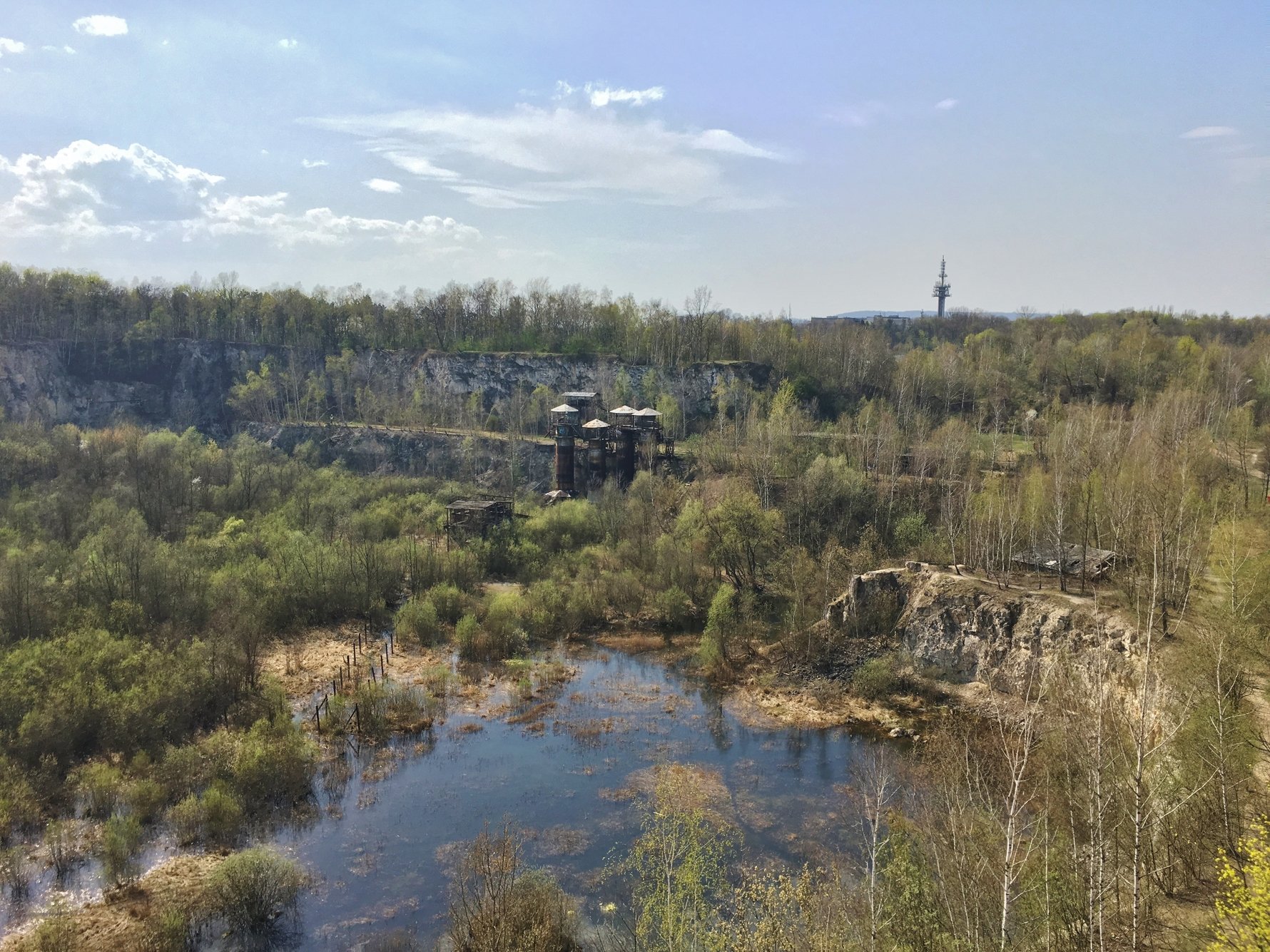
Enjoy the wild nature of this site while you can because the city has expressed the intention to clean it up and develop it into more of a landscaped recreational park in the near future. In 2022 the area was designated as an 'ecological site,' perhaps protecting it from further development.
